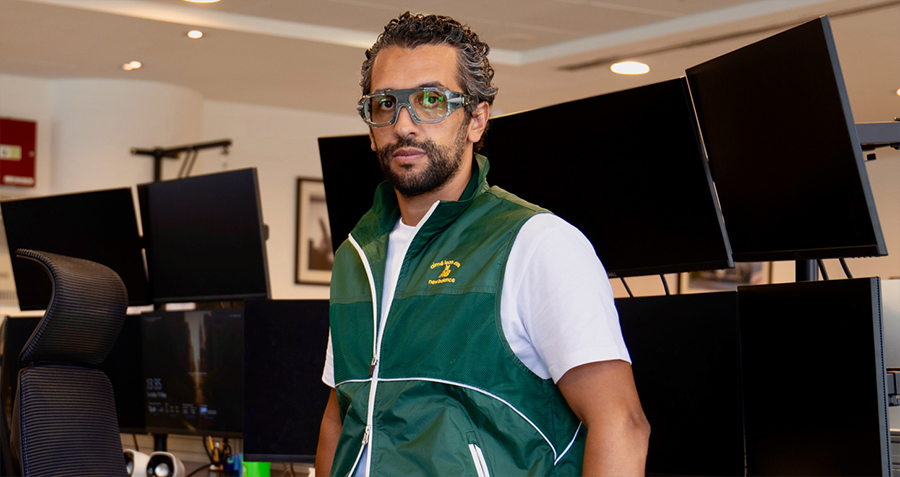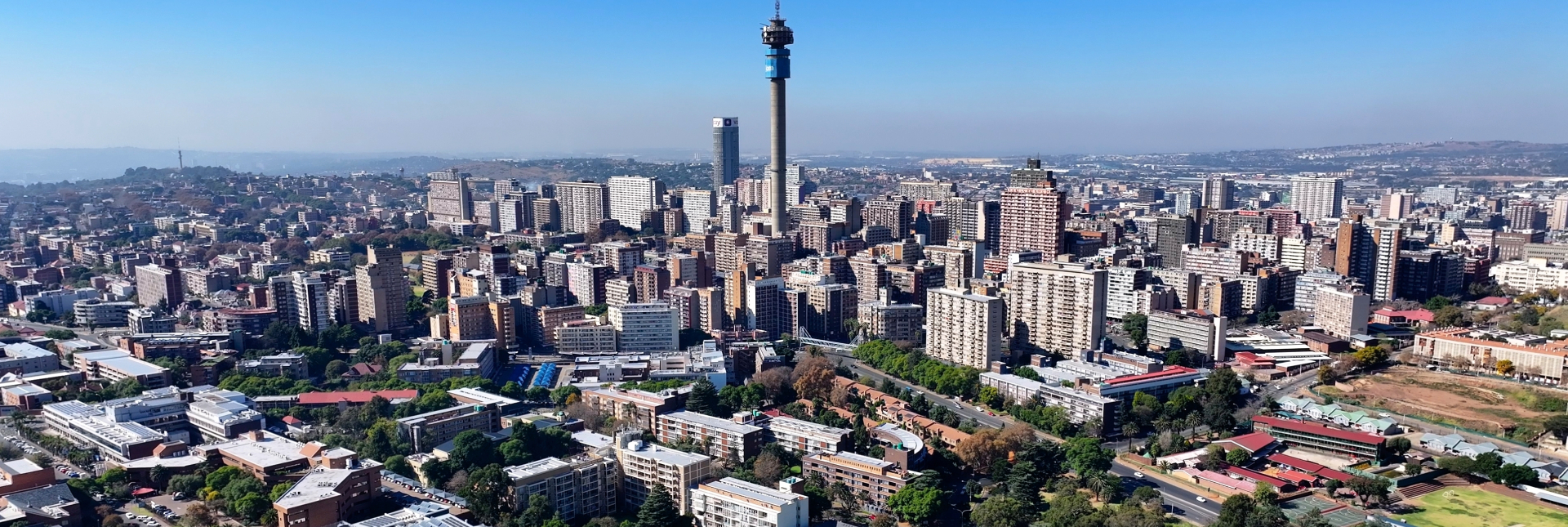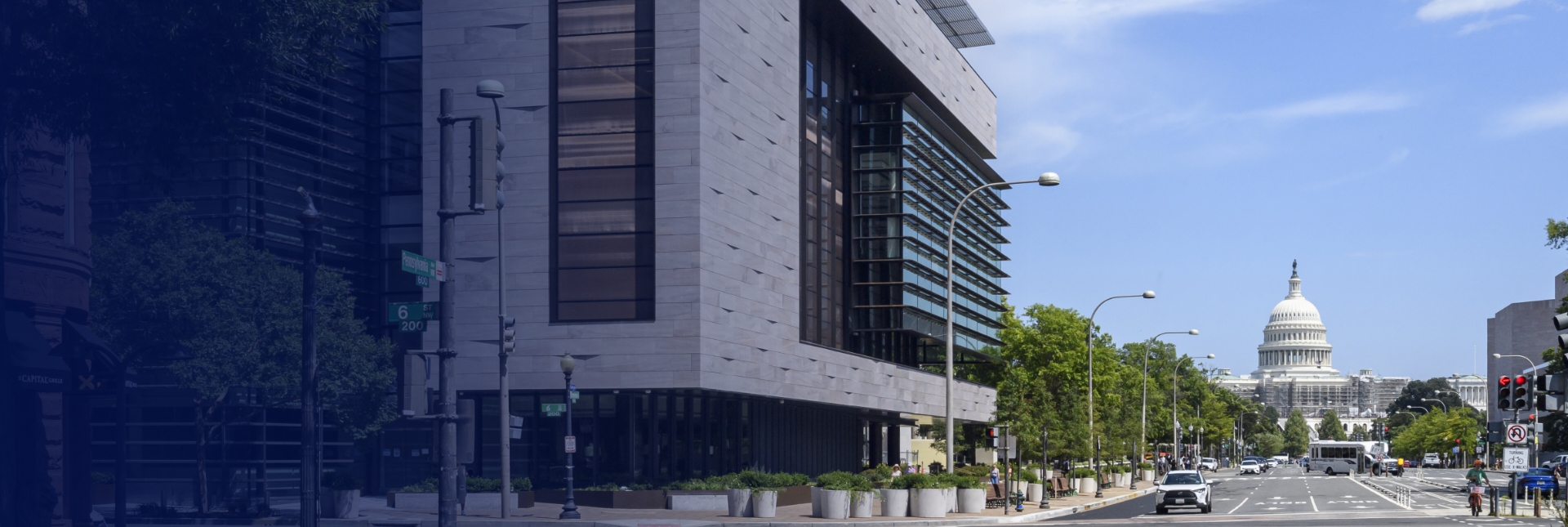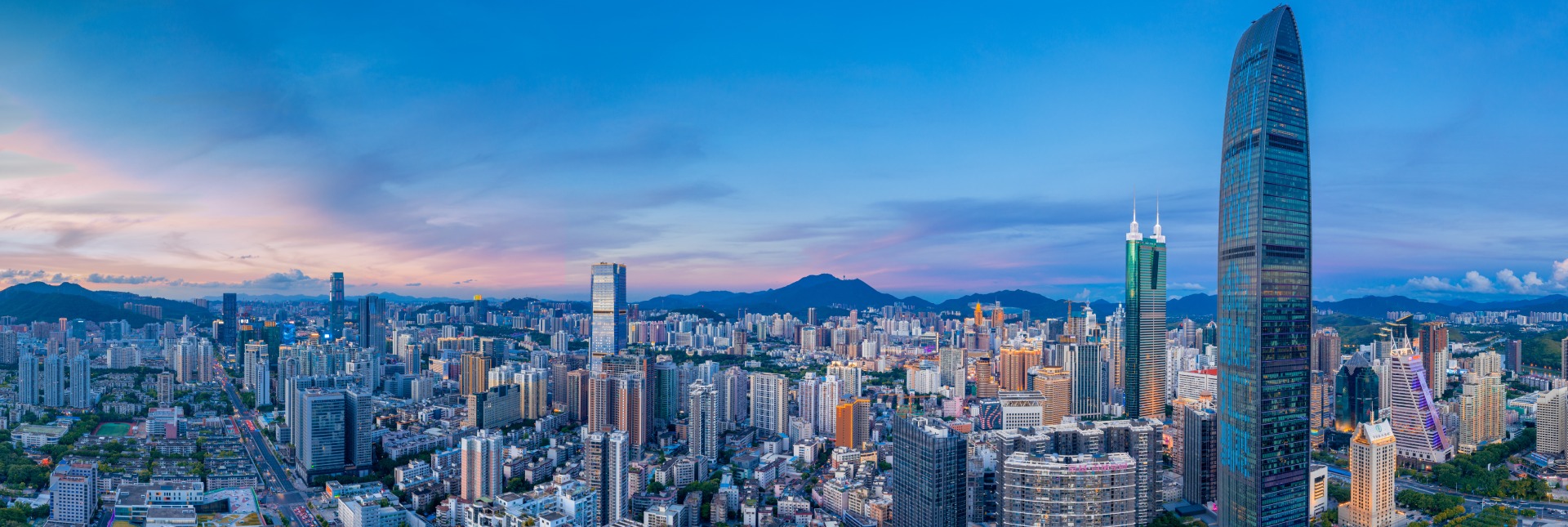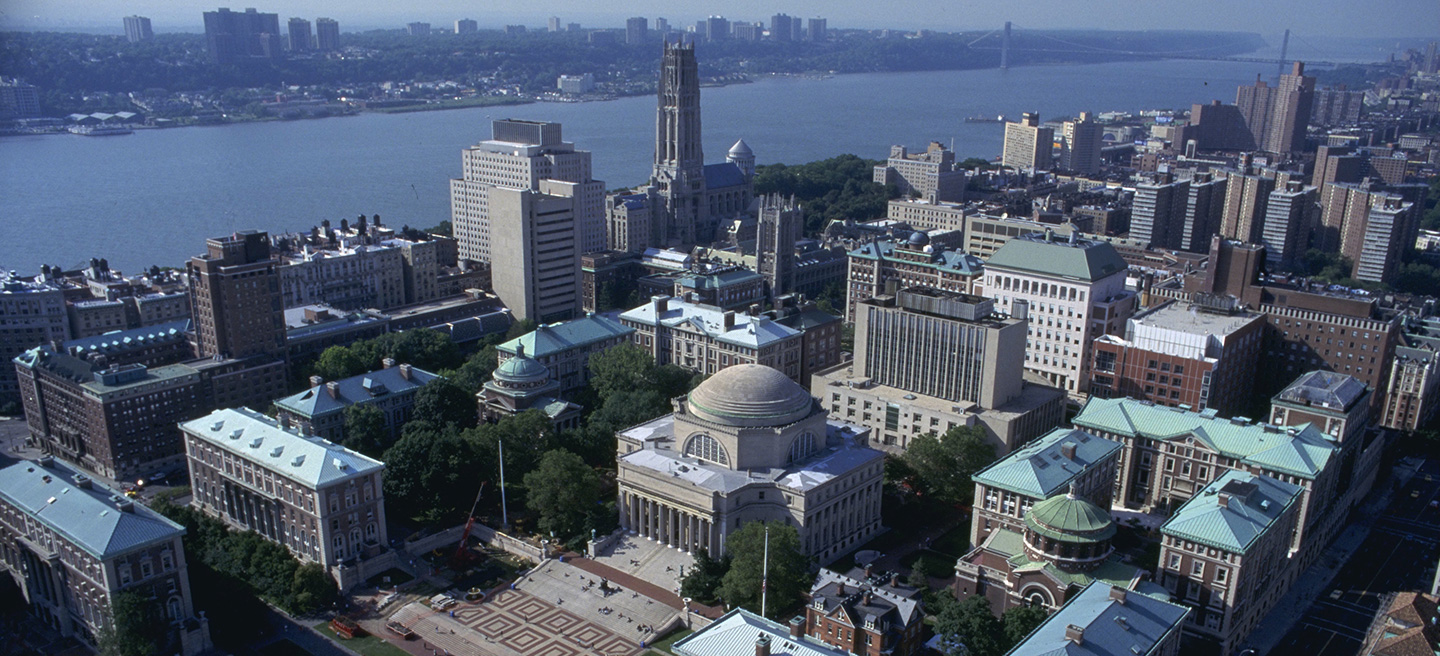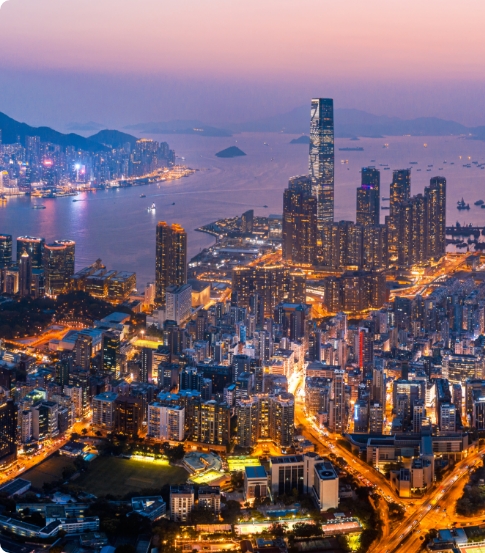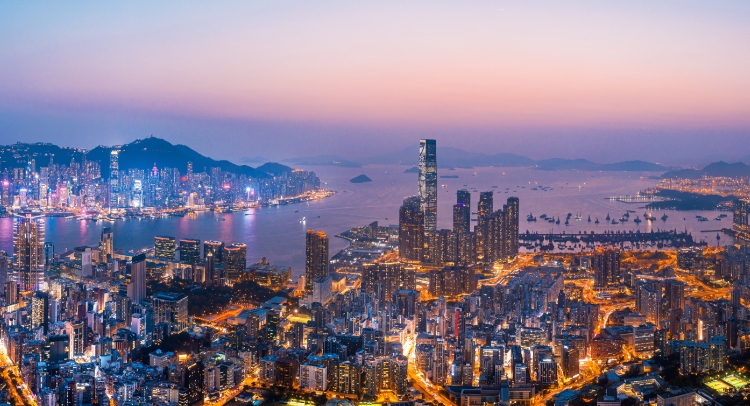Manufacturers are increasingly grappling with a new operating environment in China, one defined by rising labor costs, heightened regulatory scrutiny and growing geopolitical uncertainty. From US-China trade tensions and escalating tariffs to pandemic-induced supply chain disruptions, the risks of concentration in a single market have become increasingly obvious. As a result, many manufacturers are pursuing a China+1 strategy, whereby they diversify at least some of their production outside of the country, or in some cases are leaving China altogether.
In this interview, Chen Yu Xuan, Head of Operations at Rhoden Rubber, a producer of conveyor belts and one example of a company that is diversifying away from China, discusses the reasoning behind the decision to relocate from Shanghai to Vietnam, the practical and strategic considerations behind the move and the challenges of leaving China’s established supply chain ecosystem.
Q. What were the key factors that led your company to consider relocating manufacturing operations from China to Vietnam?
A. There were a few driving forces behind the decision, but rising costs in China really pushed us to start exploring other options. Labor, in particular, has become significantly more expensive, and as a manufacturing business operating on tight margins, even a small increase can affect our competitiveness.
Another big factor was the aging workforce. In recent years, we’ve struggled to hire younger workers at our Chinese plant. Most applicants were in their 40s or 50s, and it became difficult to see how we could scale up or sustain operations long term if we couldn’t bring in a younger generation that would be able to stay with us for longer periods of time.
COVID also really had an impact, as it exposed the vulnerabilities of having everything located in one place. That experience made diversification feel more urgent, and not just a strategic move.
Q. How much of this move is driven by broader macroeconomic or geopolitical shifts, such as US-China trade tensions, tariffs or supply chain decoupling?
A. Trade tensions and tariffs definitely played a role, but I wouldn’t say they were the only or even the main reason we moved. The fundamental reason we moved was because of the rising costs in China, even prior to the trade tensions escalating. Vietnam had already been on our radar—we actually bought land and built warehouses there more than 10 years ago—but we hadn’t moved because operating in China was just so convenient. The manufacturing ecosystems are just so efficient that even though costs were rising, until recently it made sense to stay because the supply chain made it worth it.
With regard to the tariffs, the main consideration for us has been how much the tariffs are relative to other countries with large conveyor belt companies (e.g. South Korea and some countries in Eastern Europe). The cost of production in those countries has historically been around 20% higher than for us in China, and there has also always been a need to buy from China to meet demand. When Donald Trump introduced tariffs in his first term, we were still OK because the increases at the time did not outstrip the cost difference between China and elsewhere. This time around, however, the tariff increases were much bigger relative to those other countries, and that is what tipped the decision.
Q. How do labor costs and regulatory compliance differ between China and Vietnam?
A. Labor costs have been rising steadily in China, especially in and around major cities like Shanghai. On top of that, more regulations around safety and compliance, while important, do add to the operational burden. These factors made it harder for us to remain cost-competitive, especially as a mid-sized manufacturer.
Vietnam, by contrast, still offers relatively low labor costs, a younger workforce, and fewer regulatory hurdles—though those will likely increase as the economy matures. We are just trying to build in a place where the operational environment matches our scale and future growth.
Q. What criteria did you use to evaluate Vietnam as a suitable alternative? Were there other countries on your shortlist?
A. We actually looked at a few options. Malaysia was one of the first countries we considered—even before we set up our operations in China. We also looked at the Philippines and Laos. But Vietnam stood out for several reasons. First, the population: it’s large and relatively young, which means a stronger and more sustainable labor pool.
Political stability and safety were also key considerations. As an export-driven business, proximity to ports and infrastructure mattered a lot. And then, of course, the cost of land and living—Vietnam was the best option when looking at all these factors. Laos, for example, was too small population-wise, and the Philippines presented more logistical issues. Vietnam just made the most sense.
Q. Could you walk us through the main operational and logistical challenges you’ve encountered during the transition process?
A. The biggest issue has been the need for better planning. In China, everything is so efficient that we rarely had to plan that far ahead. Suppliers are close, and deliveries are fast. You can run a very lean operation. But in Vietnam, that’s not the case yet. We’ve had delays because materials can’t be delivered as quickly as they could be in China, and we’ve also encountered slowdowns with setting up machinery or unexpected production downtime—some of these things are because we’re early in the process, some are due to the local environment.
Another pain point has been locating reliable local suppliers. There is significantly more marketing done by suppliers in China and they are generally much easier to find. So now, we have people literally going around on scooters in the surrounding industrial areas asking vendors if they have what we need, or know someone that might.
China’s supply chain is just too mature to replicate overnight, or even in a few years. So what we’ve done instead is change our approach. We are getting ahead of problems by doing more inventory planning, setting minimum stock levels and building internal capacity for key materials.
For certain high-risk items where delays aren’t acceptable, we’re even looking at small-scale in-house production. We’re also still importing from China for some inputs. So in that sense, Vietnam hasn’t replaced China—it’s complementing it.
Q. From a talent and infrastructure perspective, how does Vietnam compare to China for manufacturing needs?
A. There is definitely a skills gap—particularly when it comes to more technical roles like mechanics or electricians. In China, there’s a larger pool of experienced workers for those kinds of jobs. In Vietnam, you have to do more training, and onboarding takes a bit longer.
But workers in Vietnam are very willing to learn, and that makes a big difference. We’re confident we can close any skills gap over time. And for now, we can still outsource some of the more complex work to our teams in China or bring in support when needed. So it hasn’t become a dealbreaker—it just requires a different approach.
Another key challenge is the language barrier. Communicating technical requirements to local vendors isn’t always smooth, but all of this means that we’re just having to be much more proactive. Having said that, I have been pleasantly surprised by the number of people who speak a second language, whether that be English or Chinese.
Q. To what degree has your relationship with your Chinese partners or suppliers changed since the move?
A. Most of our Chinese partners, especially suppliers, have been really supportive. This isn’t new for them—many already have clients in Vietnam or other parts of Southeast Asia. They understand why companies are diversifying, and many have adapted their own business models accordingly. We haven’t experienced a change in quotes for materials etc., but costs naturally go up when you factor in shipping. We’ve seen about a 10% increase in raw material costs because of that.
Q. What advantages have you discovered in Vietnam that you perhaps didn’t anticipate to find?
A. Other than the language skills I just mentioned, another unexpected plus side has been the climate. Vietnam’s weather actually helps improve our energy efficiency. Our production process uses a lot of boilers, and the stable warm temperature in Vietnam means it takes less energy than boiling water during the cold winters in Shanghai. Compared to Shanghai’s summers, Vietnam’s climate has also been more manageable for both workers and keeping machinery at the right temperature. That wasn’t something we planned for, but it’s been a nice bonus.
Q. Looking at the market as a whole, to what degree do you think this move is indicative of a larger trend toward China+1 strategies?
A. We see this as a China+1 strategy, not a full exit. The manufacturing ecosystem in China is too strong to walk away from completely. It still makes sense to keep some operations there—maybe a warehouse and sourcing office in Shanghai, and we have shipped half our machines to our factory in Anhui. That flexibility is important.
As a whole, I think you’ll see more manufacturing hubs pop up across Asia, but whether they become competitive in the long term remains to be seen. For us, the next five to ten years will be about making our multi-location system work better—we also have a presence in the US, but there is room for each location to work better together than they are doing now, especially in the current geopolitical climate.











